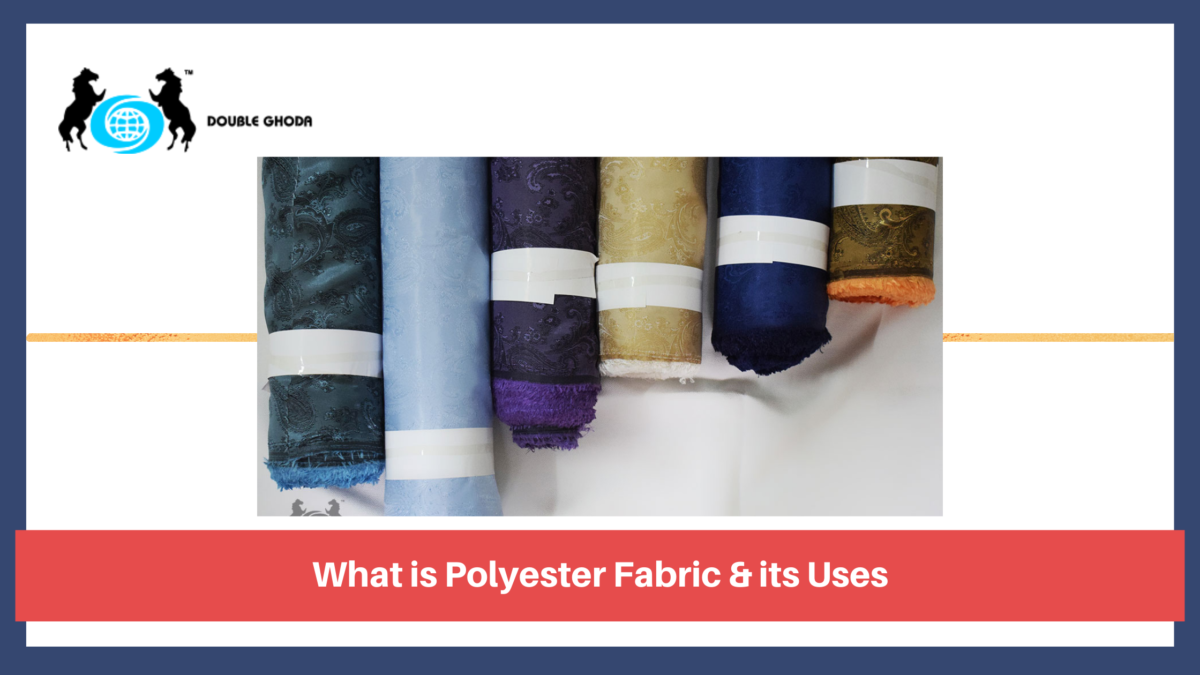Polyester fabrics commonly do not stain simply and are resistant to stretching or shrinking. Polyester linings are usually used for lining and insulating coats and hats but may be used for any other type of lining job. This lining polyester is equipped with a nice sheen and shows to be a part transparent.
Why is it used for?
The idea of lining fabric is to make your garment more wearable, long-lasting, and comfortable. They are usually lightweight and have a soft or silky texture. Not all items need to be lined, though.
Here are some reasons,
- To make the garment light see-through
- To add warmness and durability
- To make the inside portion of the garment soft and pleasant to the touch
- To lend a rich note to a garment
- To improve the structure of a garment
- To improve the garment slide on easily
- To cover seams, padding, interfacing, etc.
By choosing an appropriate lining for your project, one needs to keep in mind that if the garment is not stretchy, non-stretch lining fabric is ok. But if the item is made with elastic materials like jersey, tulle, or stretch satin, the lining one ends up choosing should be stretchy as well.
Advantages & Disadvantages of Polyester
ADVANTAGES:
- The fibers are durable and lightweight
- It is very wrinkle resistant
- It dries very fast making it ideal for outerwear
- Polyester fiber take stains (colors) easily
- It maintains its shape well
- It is highly stain resistant making it very easy to clean
- Very reasonable price compared to other synthetic fiber such as Nylon
DISADVANTAGES:
- Prone to unvarying buildup
- Tends to retain odors compared to regular fibers
- Pile retention for carpet/rugs is poor when compared to Nylon
- Polyester is less breathable than natural fiber such as cotton
Types of lining fabric
- Viscose/Rayon/Cupro.
- Cotton.
- Silk.
- Polyester or polyester blends.
- Acetate.
- Stretch Lining.
- Thick Insulating lining fabrics.
- Interlining fabric choices.
How To Select A Lining Fabric
The lining is very important, even though it is not noticeable directly in any garment. The lining will guard your fabric and cover the defective and ugly seams. It also gives your garment body, and in blazers and coats, it will help you pass the garment over other items of clothing. With the lining, you can also be productive in a sewing project.
Most Popular Lining Fabrics
Silk Lining– Silk charmeuse is a particularly lovely luxury and gives your garment a designer finish. Poly China silk Cotton Lining is a lightweight plain design that is accurate for lightweight garments. Silk, pure silk, raw silk, rayon Silk, China Silk, charmeuse, and a lot of polyester fabrics are all different types of linings.
Rayon Lining – This lightweight and slippery fabric are excellent for lining garments of all kinds. Rayon linings breathe more than polyester or acetate linings, and they are free of static cling.
Lightweight Cotton– Lightweight Cotton Fabrics work great for blouses, clothes, and tops as they are easily draped and sewn. Cotton has long been noted for its comfortable, soft hand and hydrophilic properties. With its amicable breath ability, lightweight fabric has high maintenance of color and prints.
Stretch Lining– Stretch lining leads to the inner layer of fabric that is used to provide a sleek finish to any garment. This fabric is also vital in prolonging the life of a garment by allowing it to fit and move accurately.
Satin Lining – Satin is more affordable than silk fabrics. Stretch satin is often used as lining for party clothes. A satin is a great option for silk.
Post Credit – https://tissura.com/articles/lining-fabrics
